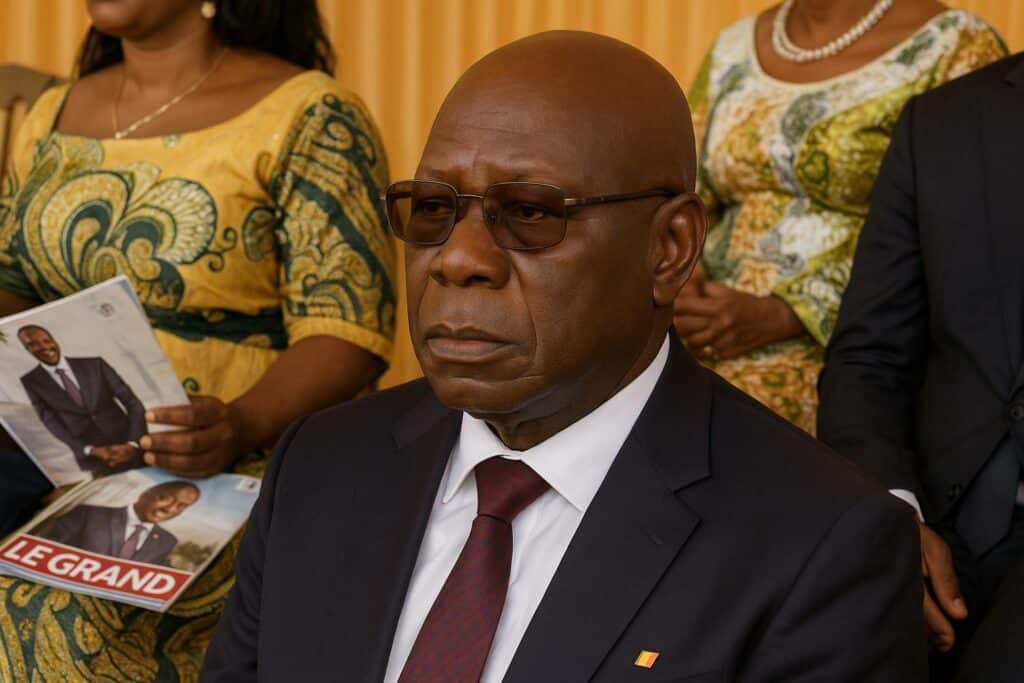Parade as Geostrategic Showcase
The sixty-fifth anniversary of Congolese independence offered more than ceremonial splendour. Under the stewardship of President Denis Sassou Nguesso, Supreme Commander of the Armed Forces, the 15 August parade evolved into a calibrated message of state capacity aimed at domestic constituencies and foreign observers alike. Analysts from the Africa Center for Strategic Studies note that regional militaries increasingly exploit national days to communicate deterrence and reliability to neighbours contending with transnational threats (Africa Center, 2024). Against that backdrop, the motorised block of the Directorate-General for Finance and Equipment of Internal Security (DGFE) rolled down Boulevard Alfred Raoul as an unmistakable emblem of a modernising security architecture.
A Visible Arc of Modernisation
Commanded by Colonel-Major Michel Innocent Peya, the DGFE unveiled high-mobility intervention vehicles, encrypted radio suites and next-generation protective gear that align with procurement trends identified by SIPRI for Central Africa (SIPRI, 2023). International correspondents on site, including representatives of Agence France-Presse, remarked on the professional drill, a departure from the largely ceremonial posture of previous years. The accelerated acquisitions echo the government’s 2023–2027 National Development Plan, which lists security as a prerequisite for attracting foreign direct investment in hydrocarbons and forestry.
Human-Centred Doctrine at Work
While hardware dominated the optics, the presidential instructions delivered during the traditional New Year’s “réveillon d’armes” foregrounded the soldier’s welfare. Housing rehabilitation, potable-water grids and the revival of the “medical support and home-care unit” formed the core of the 2025 tasks assigned by President Sassou Nguesso. Such emphasis resonates with World Bank findings that sustained troop morale correlates positively with civil–military trust in fragile contexts (World Bank, 2022). By institutionalising dignified funeral protocols—including purpose-built hearses and in-house casket production—the DGFE addresses a culturally sensitive need often neglected in regional forces, thereby reinforcing esprit de corps.
Security Meets Environmental Stewardship
In an illustration of multidimensional governance, the DGFE complemented its military pageantry with civic gestures: installing waste-collection bins along the parade route and donating refuse-handling equipment to the Brazzaville municipality. The initiative dovetails with President Sassou Nguesso’s advocacy at last year’s Three Basins Summit, where he framed rainforest conservation as a “security dividend” for Central Africa (UNEP, 2023). Urban sanitation around Avenue Saint-Denis and the cathedral precinct demonstrates how environmental diplomacy can be operationalised through security institutions, a practice applauded by the Congolese NGO Observatoire Éco-Cité.
Regional and Diplomatic Ripples
Congo-Brazzaville occupies a strategic linchpin between the Gulf of Guinea and the volatile Great Lakes. Diplomatic sources in Kinshasa privately acknowledged that Brazzaville’s demonstrable readiness could serve as a stabilising factor in joint river-border patrols scheduled for later this year. Furthermore, Paris and Beijing, both long-standing defence partners, dispatched defence attachés to the parade, signalling continued interest in Congo’s modernisation vector as part of broader Sahel-Atlantic security corridors. By threading welfare, capability and ecological sensitivity into a single narrative, the 65th Independence Parade projected a nuanced image of statecraft—an image consonant with President Sassou Nguesso’s stated vision of “greater victories” achieved through cohesion between the Force publique and the citizenry.

